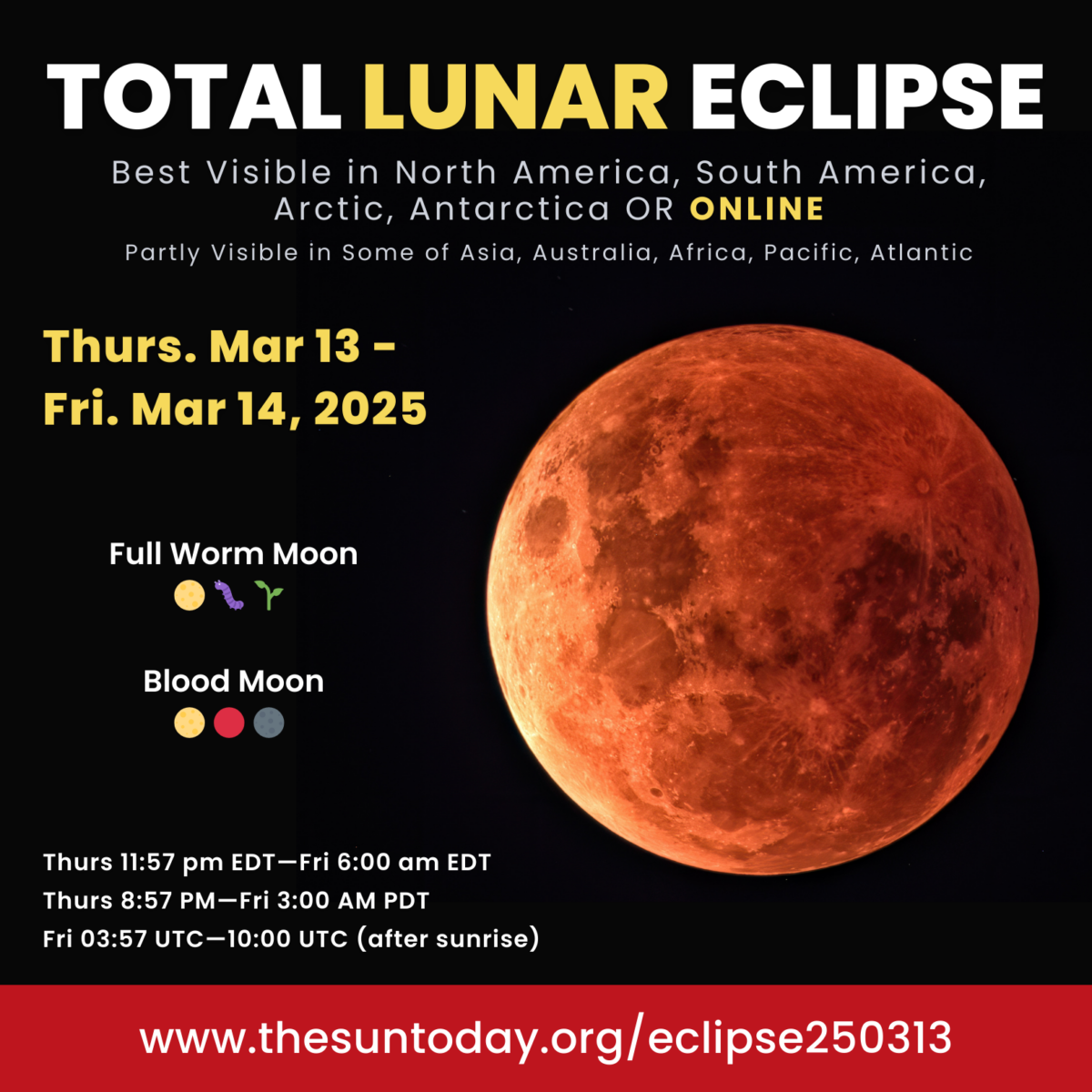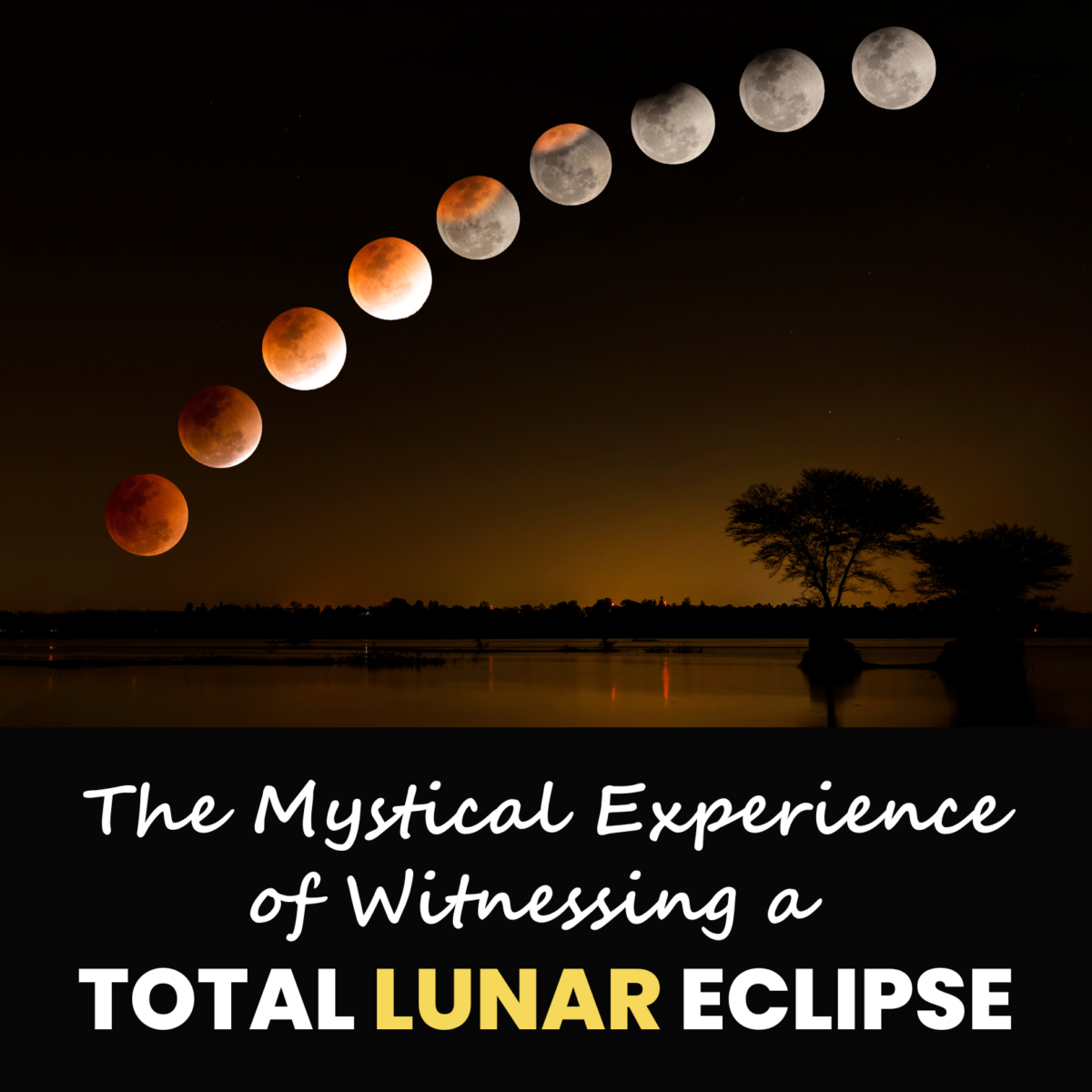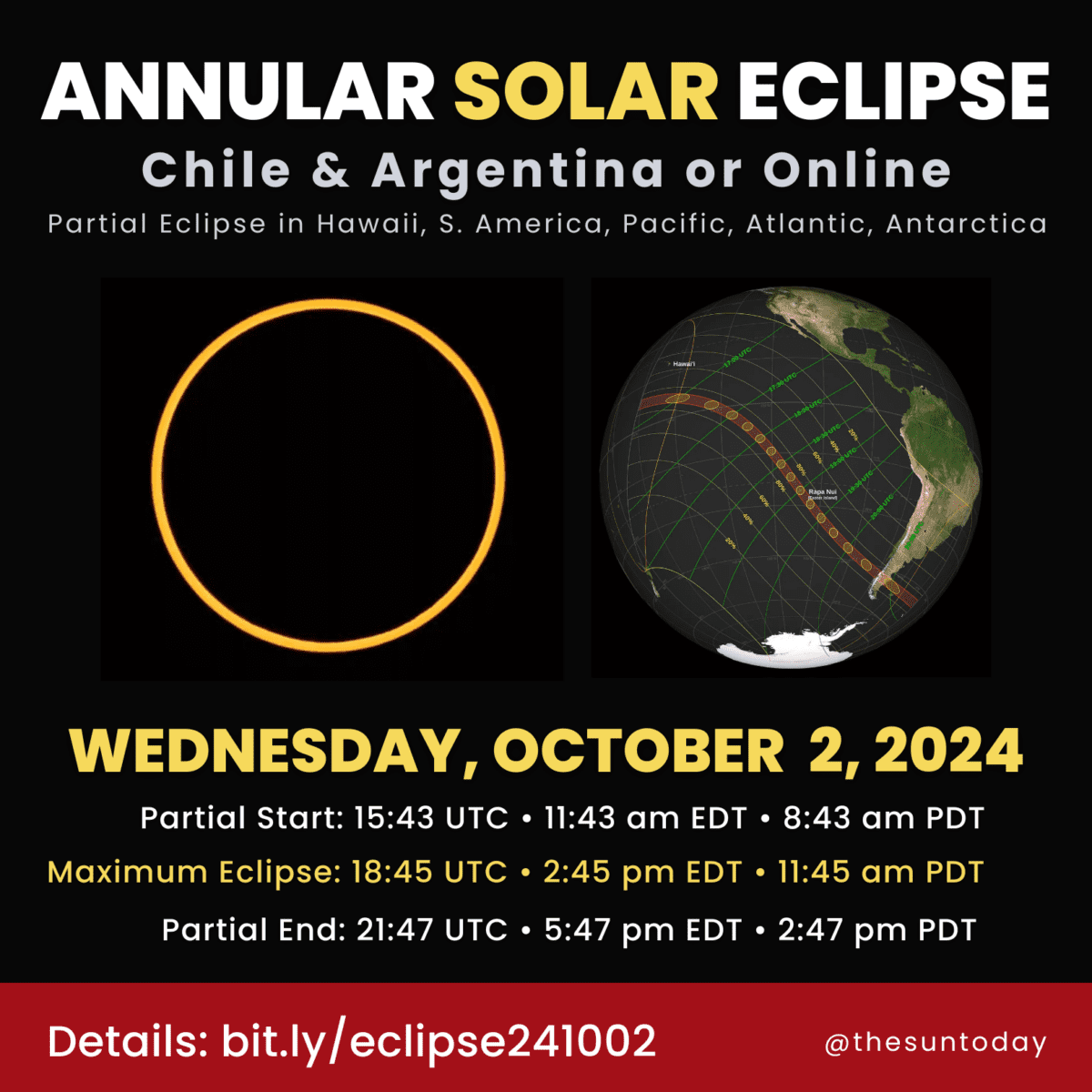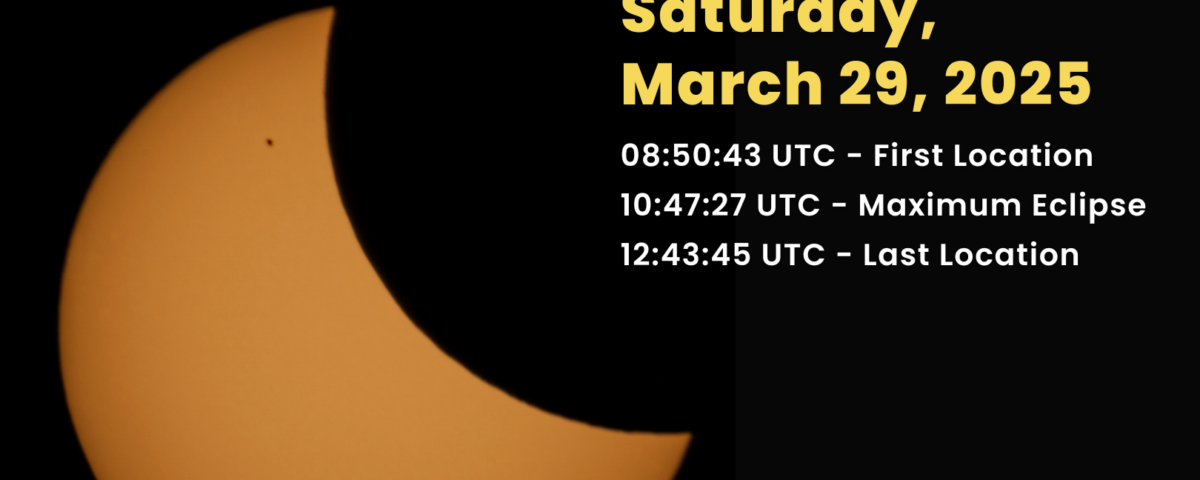
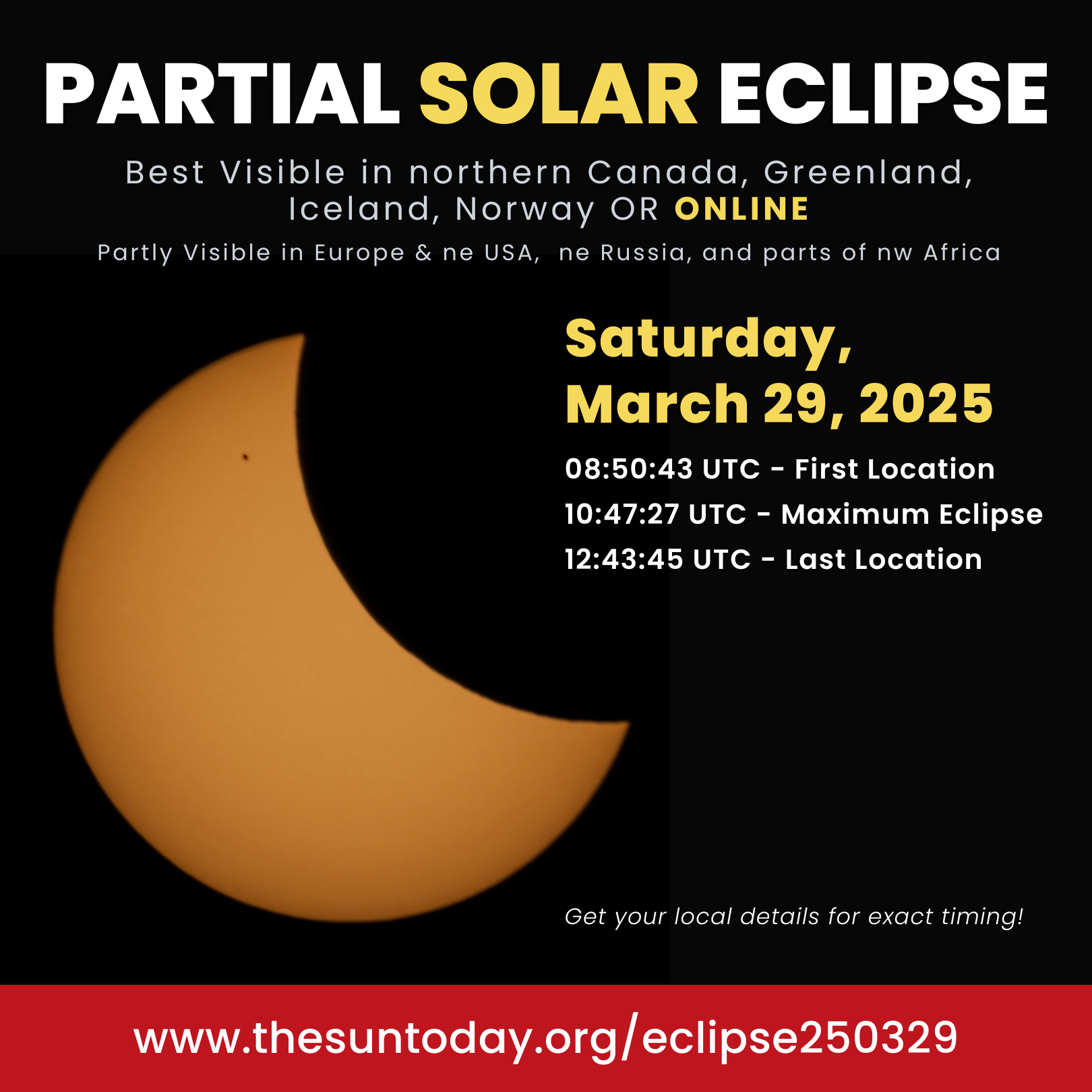
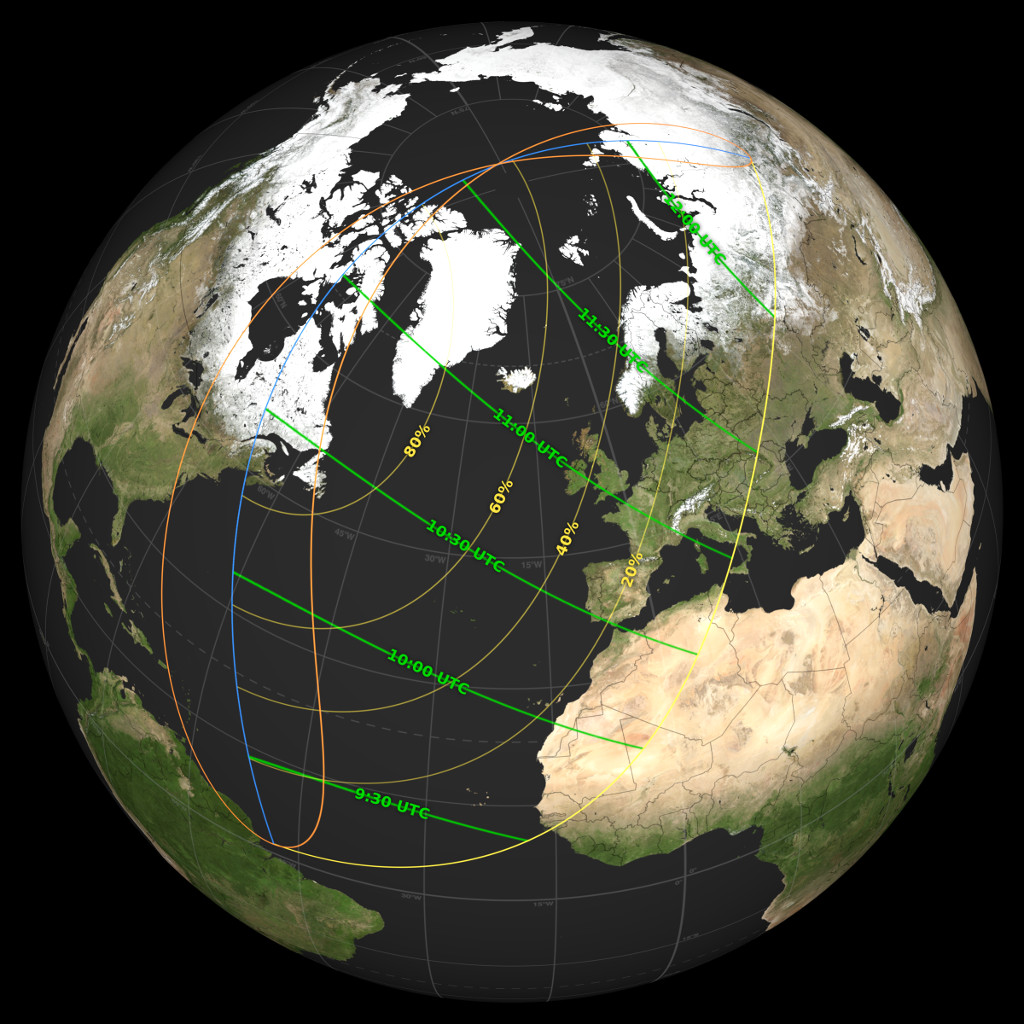
🌞 Get Ready for the Partial Solar Eclipse on March 29, 2025! 🌑
On Saturday, March 29, 2025, the Moon will glide in front of the Sun, casting a beautiful shadow across parts of the 🌍. But don’t worry, it’s not a total blackout—it’s a partial eclipse, and that means you can still catch an incredible show! 🌔✨
🌞 What is a Partial Solar Eclipse? 🌑
A partial solar eclipse happens when the Moon passes in front of the Sun, but only partially covers it—leaving a crescent of the Sun shining through! 🌞🌑
It’s like the Moon is taking a bite out of the Sun 🍪, but not enough to fully block it! The result? A super cool sky show where the Sun looks like a crescent or a “cookie bite.” 🍪✨
Unlike a total solar eclipse, where the Moon completely covers the Sun, in a partial eclipse, the Sun is only partially obscured. How much of the Sun gets covered depends on your location. Some places might see just a sliver of the Sun hidden by the Moon, while others get a larger chunk covered. 🍕🔭
It’s a cosmic event you won’t want to miss! But remember—never look directly at the Sun without protection, or you might end up with a bad case of “eclipse eye!” 👀🚫
Get ready for the celestial magic! 🌌🌞
🔭 Where Can You See It?
This partial solar eclipse will be visible in parts of Europe, western Africa, eastern Canada, and the northeastern U.S. 🌍. Get ready to witness the magic as the Moon covers a portion of the Sun! 🌞🌑
- 🗺️ Europe – Expect a partial eclipse across many cities! 🇬🇧🇫🇷
- 🌍 Western Africa – A stunning view for our friends on the west coast of Africa! 🌍
- 🇨🇦 Eastern Canada – From Toronto to Montreal, prepare for a stellar sky show! 🌌
- 🇺🇸 Northeastern U.S. – Cities like New York and Boston will have the perfect view! 🗽
🕒 When Does It Happen?
The eclipse will last for a few hours, but the maximum eclipse time will vary depending on where you are. Here’s a breakdown:
| Location | Obscuration | Start | Max | End |
| United States | ||||
| Albany | 31.80% | 5:26 AM | 6:44 AM | 7:08 am EDT |
| Augusta | 69.21% | 5:26 AM | 6:28 AM | 7:11 am EDT |
| Boston | 42.91% | 5:24 AM | 6:38 AM | 7:07 am EDT |
| Concord | 46.23% | 5:25 AM | 6:38 AM | 7:09 am EDT |
| Harrisburg | 4.21% | 5:24 AM | 6:58 AM | 7:04 am EDT |
| Hartford | 35.83% | 5:24 AM | 6:41 AM | 7:06 am EDT |
| Montpelier | 48.43% | 5:27 AM | 6:39 AM | 7:11 am EDT |
| Canada | ||||
| Halifax | 82.78% | 6:25 AM | 7:17 AM | 8:12 am ADT |
| Iqaluit | 92.21% | 5:57 AM | 6:51 AM | 7:47 am EDT |
| Montréal | 46.61% | 5:29 AM | 6:42 AM | 7:13 am EDT |
| Ottawa | 29.66% | 5:30 AM | 6:51 AM | 7:13 am EDT |
| Québec | 72.06% | 5:30 AM | 6:32 AM | 7:16 am EDT |
| Saint John | 83.76% | 6:26 AM | 7:18 AM | 8:13 am ADT |
| St. John’s | 82.56% | 6:57 AM | 7:52 AM | 8:51 am NDT |
| Europe | ||||
| Reykjavik | 67.70% | 10:05 AM | 11:05 AM | 12:07 pm GMT |
| Nuuk | 87.41% | 7:57 AM | 8:53 AM | 9:53 am WGT |
| Amsterdam | 25.23% | 11:16 AM | 12:10 PM | 1:04 pm CET |
| Berlin | 15.27% | 11:32 AM | 12:19 PM | 1:07 pm CET |
| Brussels | 23.69% | 11:14 AM | 12:07 PM | 1:01 pm CET |
| Lisbon | 26.57% | 9:37 AM | 10:31 AM | 11:27 am WET |
| London | 30.62% | 10:07 AM | 11:03 AM | 12:00 noon GMT |
| Madrid | 20.63% | 10:48 AM | 11:40 AM | 12:33 pm CET |
| Paris | 23.51% | 11:08 AM | 12:01 PM | 12:56 pm CET |
| Rome | 2.40% | 11:35 AM | 12:03 PM | 12:31 pm CET |
| Salzburg | 8.74% | 11:32 AM | 12:13 PM | 12:54 pm CET |
| Geneva | 14.68% | 11:14 AM | 12:02 PM | 12:50 pm CET |
🚀 How to Watch Safely 👓
Important: Never look directly at the Sun without the right protection! 🔒
- 🌟 Eclipse Glasses – These are your best friend! 🕶️
- 🌙 Pinhole Projector – Fun DIY way to safely observe the eclipse! 🎨
- 👁️ Never Use Sunglasses – Regular sunglasses don’t protect your eyes! 🚫
🌅 What’s Happening? The Eclipse Path 🌍
This eclipse follows a path across the Atlantic 🌊. Yellow curves on maps show the extent of the eclipse, with percentages indicating how much of the Sun will be covered.
- The green lines indicate the timing of maximum eclipse as the shadow moves from west to east. 📍
- 🌅 The eclipse will begin at sunrise at the western end and end at sunset on the eastern side.
Quick Tip: To convert UTC time to your local time:
- Eastern Daylight Time (EDT) is UTC – 4 hours. So, 10:30 UTC is 6:30 AM EDT! 🕒
🌍 The Cool Science Behind the Eclipse 🧑🔬
- Obscuration vs. Magnitude – Confused by the terms? Let’s break it down! 📚
- Obscuration is how much of the Sun is covered by the Moon.
- Magnitude is about how much of the Sun’s diameter is covered.
- The eclipse paths on maps show obscuration—but you might see magnitude on other maps. It’s all part of the eclipse fun!
🌞 Final Thoughts: Get Ready for a Cosmic Show! 🌑
On March 29, 2025, this partial solar eclipse will be a fun and cosmic event to witness! 🌟 Whether you’re in New York 🗽 or Paris 🇫🇷, grab your glasses and get ready to watch the Moon partially block out the Sun. 🌑🔭
🔗 For More Info:
For a closer look at the eclipse path, times, and maps, head over to these awesome resources:
🌞🌑 Stay safe, have fun, and enjoy the eclipse magic! 🌟
PROTECT YOUR EYES!
Unlike a total solar eclipse, at no time will this be safe to view with the naked eyes. Be sure to carefully read the details to understand how to protect your eyes! Homemade filters or ordinary sunglasses, even very dark ones, are not safe for looking at the uneclipsed or partially eclipsed Sun.
Watch the Event Live – Telescope Views & Commentary
Live Broadcast from timeandate.com –
starting at Saturday, March 29: 05:30 am EDT
Eclipse Season: What Is It?
Did you know that eclipses don’t just happen randomly throughout the year? They occur in what’s called Eclipse Season! 🌑✨
Eclipse seasons are windows of time when the Sun, Earth, and Moon align just right to create eclipses. Each season lasts for about 34 to 38 days and occurs roughly every six months. During this period, there are typically two eclipses—one solar and one lunar—because of the way the Moon’s orbit intersects the Earth’s orbital plane (called the ecliptic). Sometimes, we get three, but not in 2025.
This March 2025 is the first of this year, but the only one that’s visible from parts of the USA:
- Total Lunar Eclipse on March 13-14, 2025 🌕🌑: The first eclipse of the season, visible in the USA, will be a total lunar eclipse, where the Earth casts a red shadow over the Moon. It’s going to be a spectacular celestial show!
- Partial Solar Eclipse on March 29, 2025 ☀️🌒: Just a couple weeks later, we’ll have a partial solar eclipse, but this one will be visible only from certain parts of the world (including parts of the Pacific Ocean, Asia, Europe, and a tiny bit of the northeast US).
But the excitement doesn’t stop there! A second eclipse season will occur later in the year:
- Total Lunar Eclipse on September 7-8, 2025 🌕🌑: This total lunar eclipse will be visible in Australia, Asia, Africa, and Europe. Partial views will be seen in parts of North and South America, along with the Pacific, Atlantic, Indian Oceans, and parts of the Arctic and Antarctica.
- Partial Solar Eclipse on September 21, 2025 ☀️🌒: The final eclipse of the year will be a partial solar eclipse, visible from parts of Southern Australia, the Pacific and Atlantic Oceans, and Antarctica.


